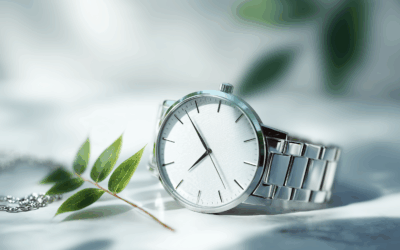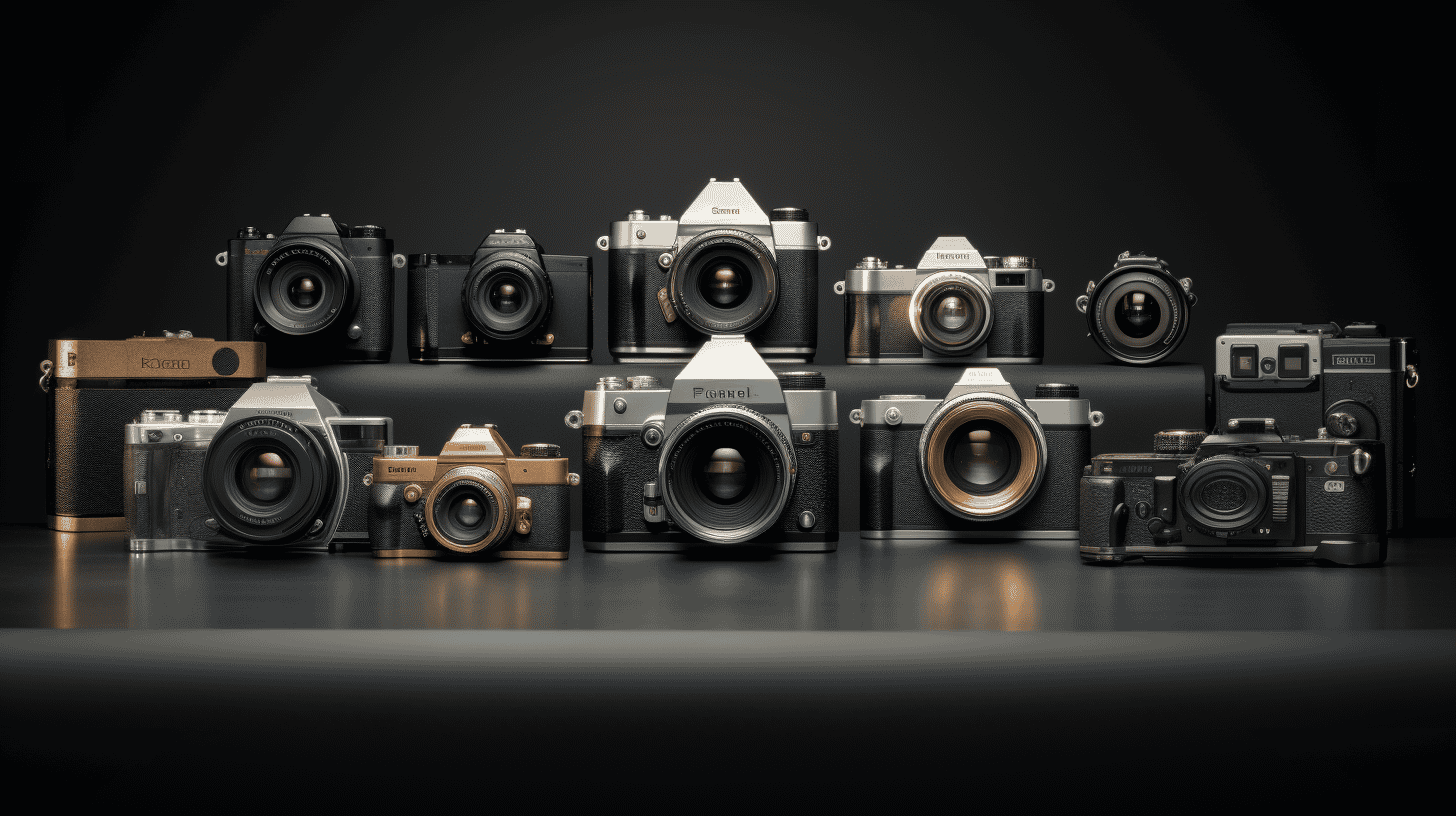Welcome to the world of fashion photography, where creativity and style meet to capture stunning images. In this detailed guide, we will explore the tips, tricks, and secrets behind capturing breathtaking fashion photographs as a beginner. From understanding the importance of lighting, composition, and wardrobes to carving out your unique style, this comprehensive guide will walk you through the steps of becoming a successful fashion photographer.
Table of Contents
- Essential Equipment for Fashion Photography
- Mastering Lighting Techniques
- Framing and Composition
- Wardrobe and Styling Selection
- Location and Setting
- Working with Models
- Post-Production and Editing
- Developing Your Unique Style
- Getting Noticed in the Fashion Industry
Essential Equipment for Fashion Photography
Before delving into the techniques, it is crucial to have the right gear at your disposal. Here are some essential pieces of equipment every aspiring fashion photographer should consider investing in.
Camera
As a beginner, you don’t need to break the bank on the most expensive camera. Still, it is advisable to invest in a dependable DSLR or mirrorless camera with robust features and manual controls.
Prime Lenses
Consider adding some prime lenses to your gear. These lenses have fixed focal lengths and typically offer sharper image quality, low-light capabilities, and beautiful bokeh.
Lighting Equipment
Lighting plays a significant role in fashion photography. Invest in basic lighting equipment, such as speedlights, softboxes, or umbrella diffusers.
Accessories
Camera straps, memory cards, batteries, and tripods are some accessories worth considering for a smoother workflow.
Mastering Lighting Techniques
Lighting can make or break your fashion photographs. Experimenting and understanding different lighting techniques will enable you to control the mood and emotions in your images.
Use Natural Light
Natural light provides a soft, flattering touch to your subject. Print to shoot during the golden hour – just after sunrise or before sunset – for the best results.
Diffuse and Reflect Light
Make use of light modifiers such as umbrellas, softboxes, and reflectors to soften harsh shadows.
Understand the Inverse Square Law
Remember that light intensity decreases with distance. The closer a light source is to your subject, the more significant the contrast and fall-off will be.
Framing and Composition
An excellent composition makes your fashion pictures stand out. Implement these crucial composition guidelines in your work:
- Rule of Thirds: Visualize your frame divided into nine equal parts and place your subject on the intersecting lines.
- Leading Lines: Use lines present in a scene to guide the viewer’s eye towards your subject.
- Fill the Frame: Eliminate distractions by filling the frame with the subject or their wardrobe.
Wardrobe and Styling Selection
Wardrobe and styling play an essential part in fashion photography. Stay up-to-date with the latest trends, and consider the following tips:
- Be Cohesive: The wardrobe, location, and overall color scheme should complement and support the theme of the shoot.
- Texture and Patterns: Utilize a variety of textures and patterns to create visual interest in your images.
- Accessorize: Don’t forget about accessories like sunglasses, hats, or jewelry to enhance the overall look.
Location and Setting
Choosing the right location is crucial for setting the mood of your fashion shoot. Take into account the following aspects:
- Indoor vs. Outdoor: Both indoor studios and outdoor locations have their advantages. Choose according to the theme and style of your shoot.
- Scout Locations: Regularly search for unique locations and settings that complement specific wardrobes.
- Obtain Permits: Ensure you secure any necessary permits for shooting in public or private locations.
Working with Models
Successful fashion photographers are skilled in directing models. Build rapport to ensure a comfortable working environment and keep these tips in mind:
- Communication is Key: Clearly articulate your expectations and provide constructive feedback to the model.
- Pose With Purpose: Ensure the model’s poses emphasize the garment, as the focus is on the fashion.
- Know Your Model’s Strengths: Familiarize yourself with the model’s strengths and use them to your advantage.
Post-Production and Editing
Refine your fashion photos with post-production techniques:
- Color Correction: Adjust the colors and white balance for a consistent look.
- Retouching: Carefully retouch imperfections and make subtle enhancements to your subject.
- Cropping: Crop your images to enhance the composition and strengthen visual impact.
Developing Your Unique Style
A distinctive style sets you apart from other fashion photographers. Discover your creative voice by experimenting with various techniques, finding inspiration in other artists, and staying consistent.
Getting Noticed in the Fashion Industry
Building a portfolio, networking, and staying active on social media platforms are crucial for showcasing your talents and gaining attention from the highly competitive fashion industry.
By following these tips and dedicating time to practice, you are well on your way to unlock the secrets of fashion photography and make a name for yourself in the industry. Remember that patience and persistence are vital on this journey. Keep honing your skills, and success will follow.




0 Comments